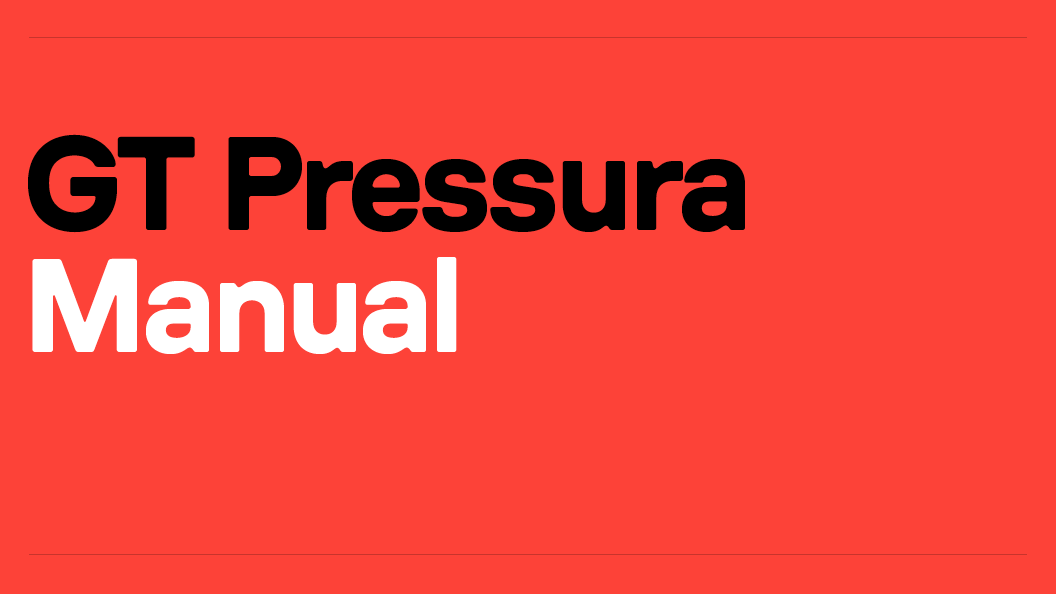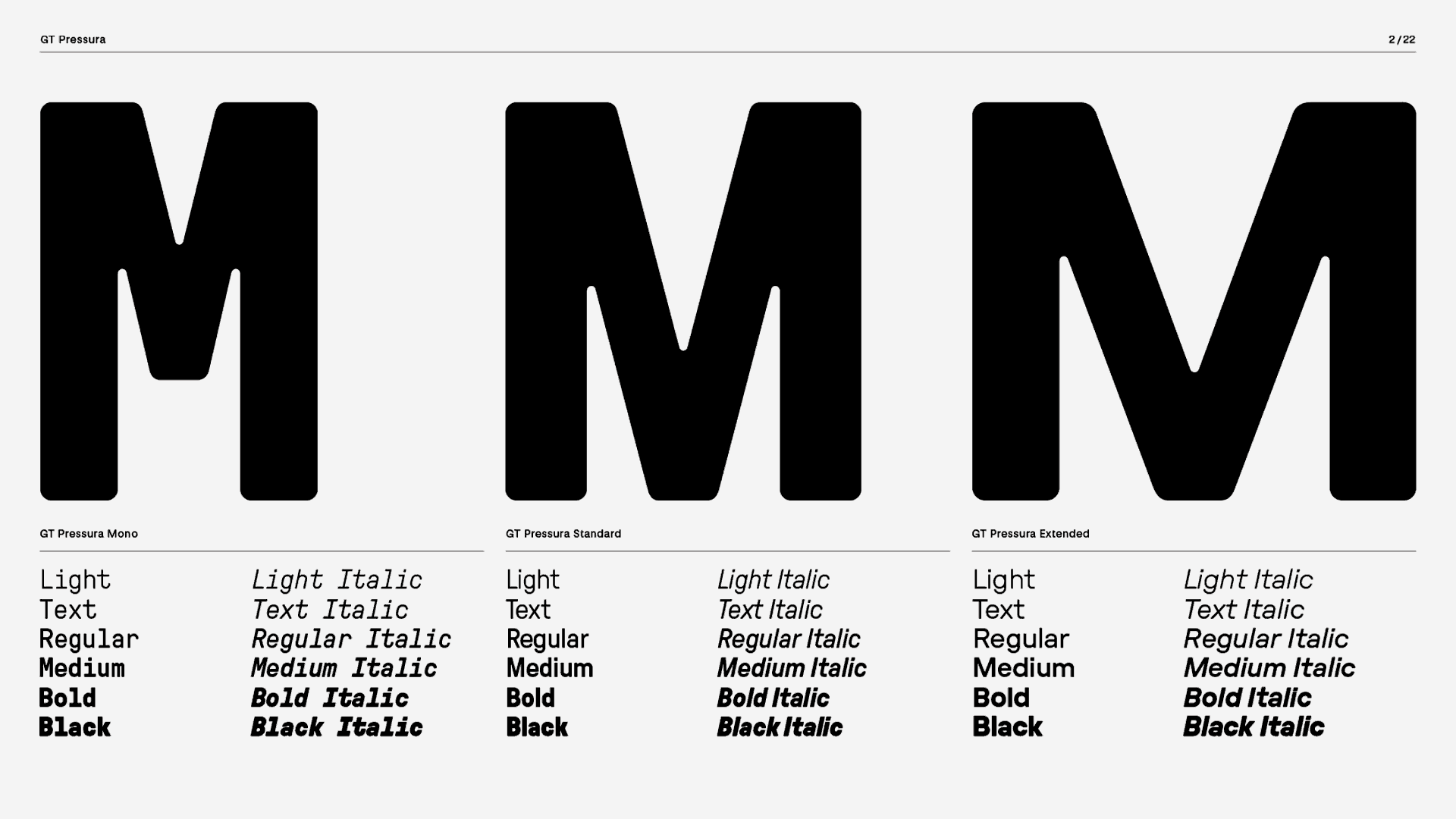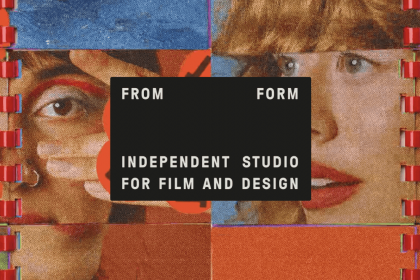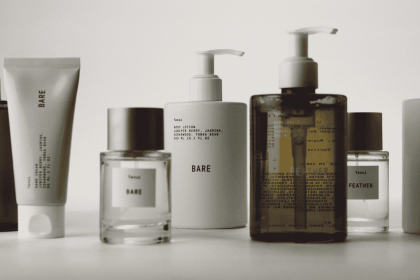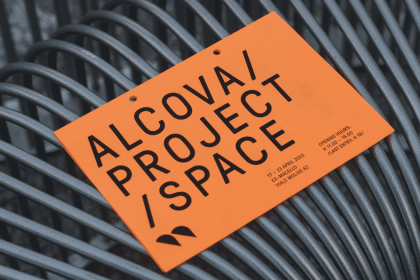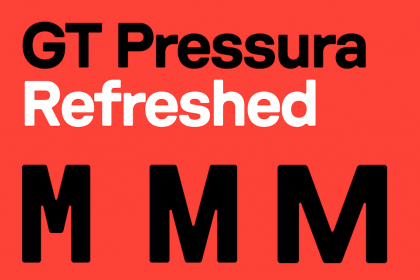GT Pressura
Family overview
- Standard
- Light Italic
- Text Italic
- Regular Italic
- Medium Italic
- Bold Italic
- Black Italic
- Mono
- Light Italic
- Text Italic
- Regular Italic
- Medium Italic
- Bold Italic
- Black Italic
- Extended
- Light Italic
- Text Italic
- Regular Italic
- Medium Italic
- Bold Italic
- Black Italic
Subfamilies
- Standard LightKeep coming up with love but it’s so slashed and torn
- Standard Light ItalicSimilarly a load is limited to the space available in the trailer, normally 48 ft (14.63 m) or 53 ft (16.15 m) long, 2.6 m (102.4 in) wide, 2.7 m (8 ft 10.3 in) high and 13 ft 6 in or 4.11 m high over all.
- Standard TextEarly versions of standardized containers were used in Europe
- Standard Text ItalicCryogenic Liquid, Help prevent contact with cryogenic liquids! These substances can cause serious damage to the eyes or your skin or can cause frostbite injuries.
- Standard RegularThat brings a building down
- Standard Regular ItalicIt’s the terror of knowing – What the world is about
- Standard MediumБързите влакове със задължителна резервация влизат в експлоатация от 1 януари 2007 г. с приемането на България в Европейския съюз.
- Standard Medium ItalicThe Liverpool and Manchester Railway in the United Kingdom was one of these. "Simple rectangular timber boxes
- Standard BoldIntermodal containers exist in many types and a number of standardized sizes, but ninety percent of the global container fleet are so-called "dry freight
- Standard Bold ItalicIn 2010 containers accounted for 60% of the world's seaborne trade. The predominant alternative methods of transport carry bulk cargo – whether gaseous,
- Standard BlackΒουλκανισμός ονομάζεται η χημική επεξεργασία του ακατέργαστου καουτσούκ με θείο.
- Standard Black Italicin 1933, and a second one in 1935, primarily for transport between European countries. American containers at this
- Settings
Typeface information
GT Pressura is inspired by metal type printing history as well as engineered letters stamped onto shipping boxes. It uses the visual gesture of ink spreading under pressure as a stylistic device, offering an alternative to more spindly typefaces of the digital age.
Typeface features
OpenType features enable smart typography. You can use these features in most Desktop applications, on the web, and in your mobile apps. Each typeface contains different features. Below are the most important features included in GT Pressura’s fonts:
- TNUM
- Tabular Figures
13.07.2048
- SS01
- Alternate a
React
- CASE
- Case sensitive forms
¿TE GUSTA?
Typeface Minisite
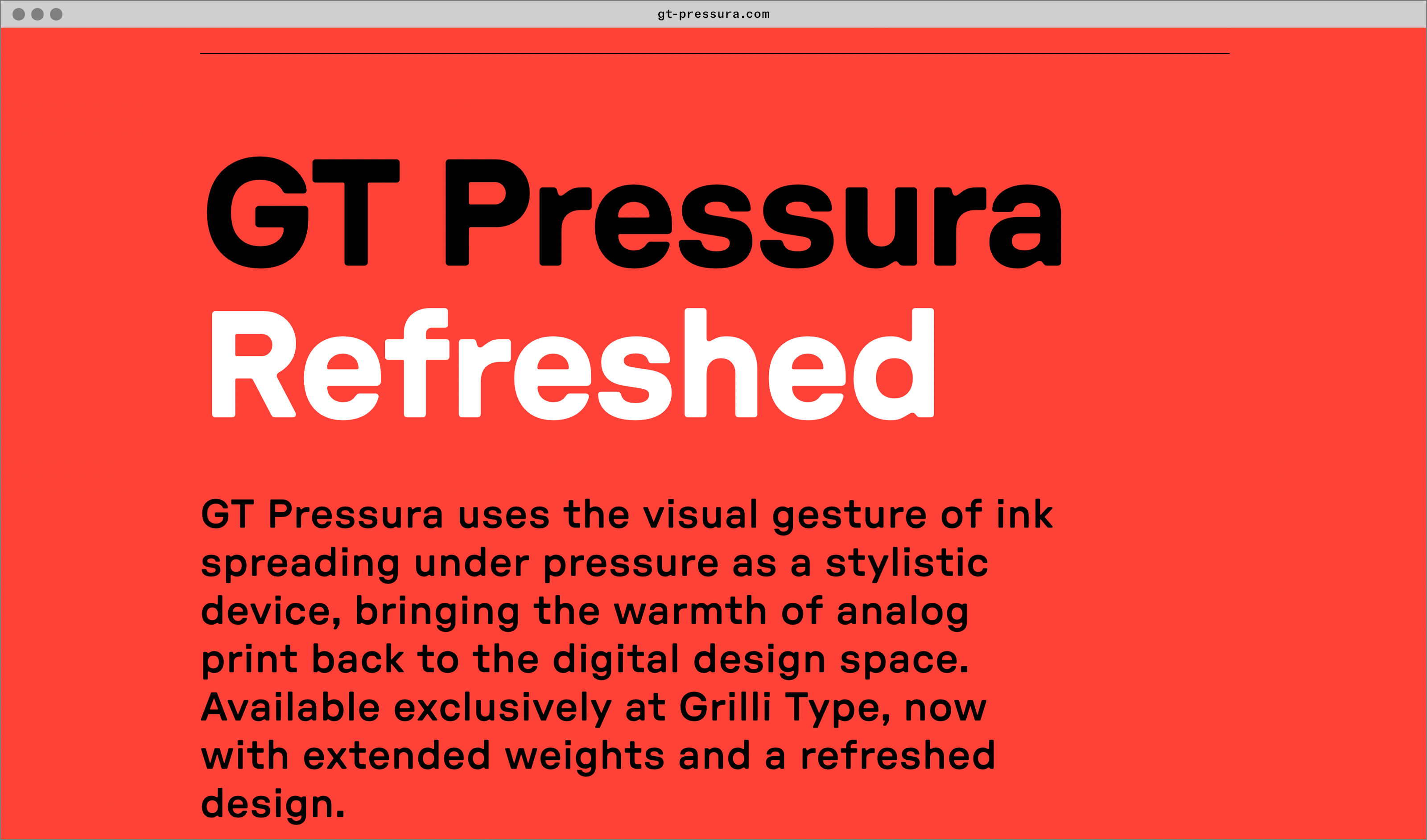
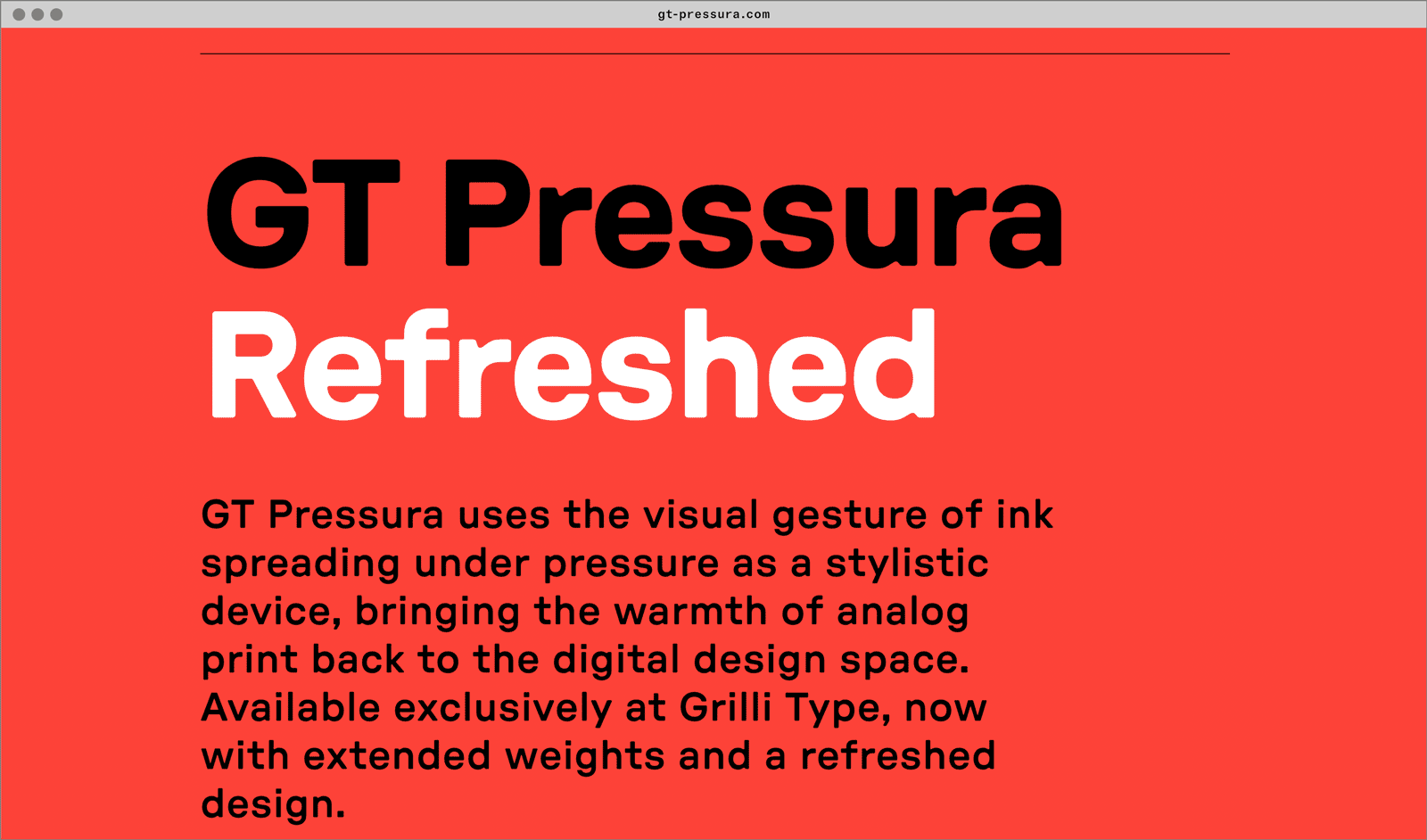
- Visit the GT Pressura minisite to discover more about the typeface family’s history and design concept.
GT Pressura in use
